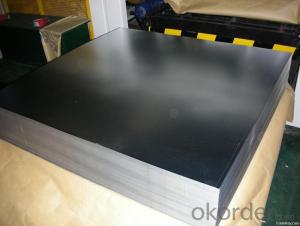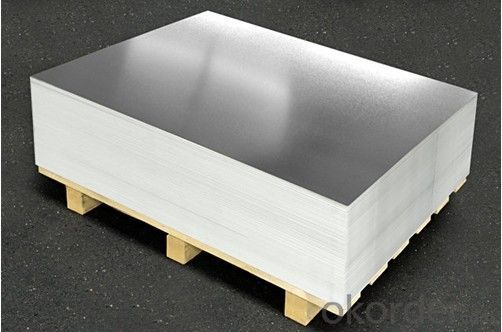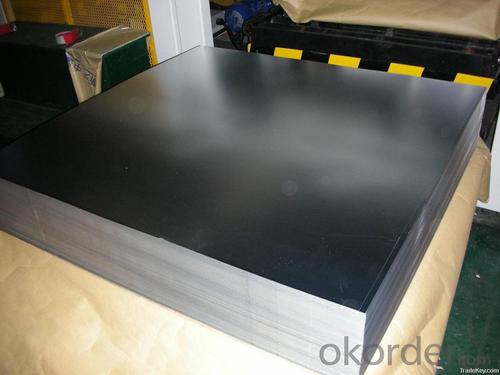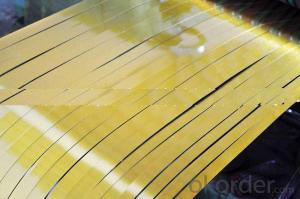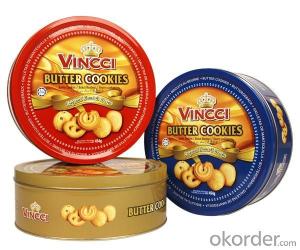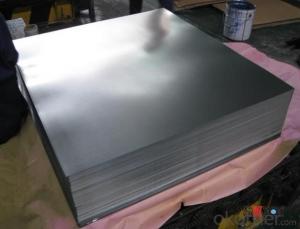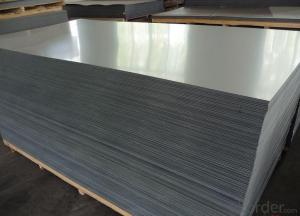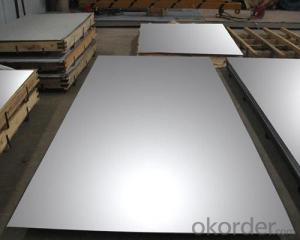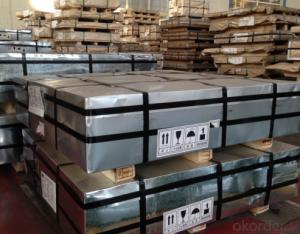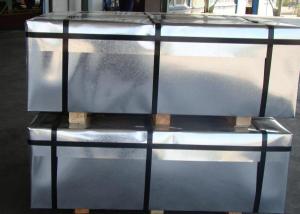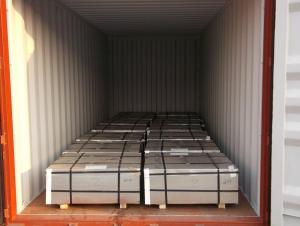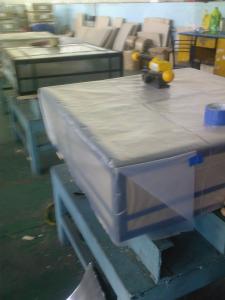Electrolytic Tinplate in Sheets for Tin Cans
- Loading Port:
- Tianjin
- Payment Terms:
- TT OR LC
- Min Order Qty:
- 25 m.t
- Supply Capability:
- 7000 m.t/month
OKorder Service Pledge
OKorder Financial Service
You Might Also Like
1.Structure of Electrolytic Tin Plate Coils and Sheets for Foods Metal Packaging Description
Electrolytic Tin Plate Coils and Sheets for Foods Metal Packaging, is one thin steel sheet with a coating of tin applied by electrolytic deposition. Tinplate made by this process is essentially a sandwich in which the central core is strip steel. This core is cleaned in a pickling solution and then fed through tanks containing electrolyte, where tin is deposited on both sides. As the strip passes between high-frequency electric induction coils, it is heated so that the tin coating melts and flows to form a lustrous coat.
2.Main Features of the Electrolytic Tin Plate Coils and Sheets for Foods Metal Packaging
Appearance – Electrolytic Tin Plate is characterized by its beautiful metallic luster. Products with various kinds of surface roughness are produced by selecting the surface finish of the substrate steel sheet.
Paintability and printability – Electrolytic Tin Plates have excellent paintability and printability. Printing is beautifully finished using various lacquers and inks.
Formability and strength – Electrolytic Tin Plates have got very good formability and strength. By selecting a proper temper grade, appropriate formability is obtained for different applications as well as the required strength after forming.
Corrosion resistance – Tinplate has got good corrosion resistance. By selecting a proper coating weight, appropriate corrosion resistance is obtained against container contents. Coated items should meet 24 hour 5 % salt spray requirement.
Solderability and weldability – Electrolytic Tin Plates can be joined both by soldering or welding. These properties of tinplate are used for making various types of cans.
Hygienic – Tin coating provides good and non toxic barrier properties to protect food products from impurities, bacteria, moisture, light and odours.
Safe – Tinplate being low weight and high strength makes food cans easy to ship and transport.
Eco friendly – Tinplate offers 100 % recyclability.
Tin is not good for low temperature applications since it changes structure and loses adhesion when exposed to temperatures below – 40 deg C.
3.Electrolytic Tin Plate Coils and Sheets for Foods Metal Packaging Images
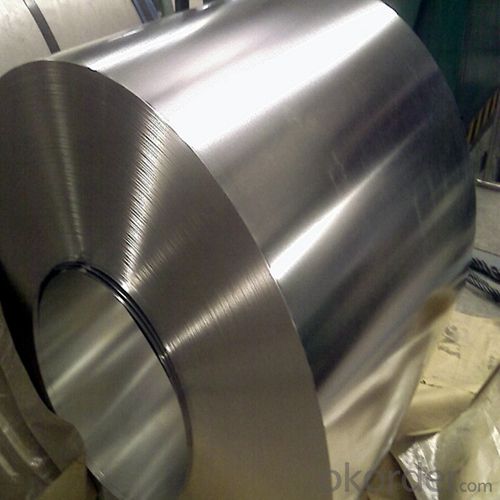
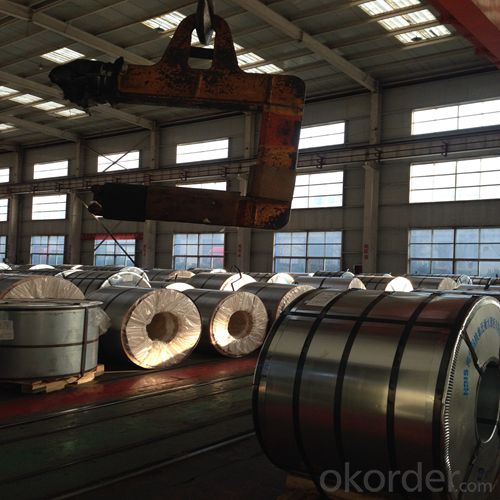

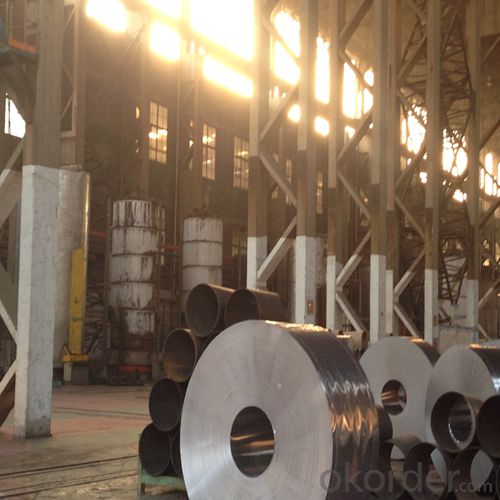
4.Electrolytic Tin Plate Coils and Sheets for Foods Metal Packaging Specification
Standard | ISO 11949 -1995, GB/T2520-2000,JIS G3303,ASTM A623, BS EN 10202
|
Material | MR,SPCC |
Thickness | 0.15mm - 0.50mm |
Width | 600mm -1150mm |
Temper | T1-T5 |
Annealing | BA & CA |
Coil Inner Diameter | 508mm |
Weight | 6-10 tons/coil 1~1.7 tons/sheets bundle |
Passivation | 311 |
Oil | DOS |
Surface | Finish,bright,stone,matte,silver |
5.FAQ of Electrolytic Tin Plate Coils and Sheets for Foods Metal Packaging
-How to place .an order or contact you ?
Please send us Email. we will give you a quick response in seconds .
- How is your quality ?
All our quality is prime even the secondary quality . We have many years experience
In this field with serious quality control standard . Advanced equipment, We welcome your visit to our factory .
- Q: How does tinplate perform in terms of resistance to mechanical stress?
- Tinplate performs well in terms of resistance to mechanical stress. Its sturdy and durable nature allows it to withstand various forms of mechanical stress such as bending, twisting, or impact. Additionally, the tin coating on the surface provides an added layer of protection, enhancing its resistance to corrosion and further strengthening its ability to withstand mechanical stress.
- Q: What are the factors that affect the price of tinplate?
- The factors that affect the price of tinplate include the cost of raw materials, such as tin and steel, supply and demand dynamics in the market, fluctuations in currency exchange rates, government policies and regulations, and overall economic conditions. Additionally, factors like production and transportation costs, technological advancements, and environmental concerns can also impact the price of tinplate.
- Q: A tin rust problem for help
- Once the outer rust rust, if the area is not large, can use sandpaper to rub the rust, and then wipe clean towel can surface, then coated with a layer of antirust oil; if the outer rust area of about 1/2, we must take into account whether the corrosion to the inner wall, has affected the quality of the contents. If rust occurs on the inside, you need to remove all the rework, tank canning, liquid injection, degassing, sealing and sterilization, cooling, after 2 times of high temperature sterilization of canned products, generally need to downgrade, or if some products in the two sterilization will appear after taste and color changes, you need to direct rejection.
- Q: How is tinplate coated with organic materials for specific applications?
- Tinplate can be coated with organic materials for specific applications through a process called organic coating or lacquering. In this process, a thin layer of organic material, such as polymer or lacquer, is applied onto the surface of the tinplate. This coating provides various benefits like corrosion resistance, improved aesthetic appearance, and enhanced durability. The organic coating can be applied through methods like roll coating, spray coating, or electrostatic deposition, depending on the specific requirements of the application.
- Q: How does tinplate withstand corrosion?
- Tinplate withstands corrosion due to the thin layer of tin that is electroplated onto the surface of the steel. Tin is highly resistant to corrosion, providing a protective barrier that prevents the steel underneath from being exposed to moisture and oxygen, which are the main causes of corrosion.
- Q: What are the main applications of tinplate in the cosmetics industry?
- Tinplate is primarily used in the cosmetics industry for packaging purposes. It provides a durable and protective barrier that safeguards cosmetic products from external elements, such as light, moisture, and air, thereby extending their shelf life. Additionally, tinplate offers an attractive and visually appealing packaging solution, allowing brands to enhance their product's presentation and create a unique brand identity.
- Q: Can tinplate be used for pet food packaging?
- Yes, tinplate can be used for pet food packaging. Tinplate is a commonly used material for food packaging due to its durability, corrosion resistance, and ability to preserve the quality and freshness of the contents. It is also safe for storing and packaging pet food products.
- Q: What is the recycling process for tinplate?
- The recycling process for tinplate typically involves several steps. First, the tinplate is collected and sorted at recycling centers or facilities. It is then shredded into small pieces, allowing for easier processing. The shredded tinplate is then subjected to a magnet, which separates the tin-coated steel from any non-ferrous materials. The separated tinplate is melted down in a furnace, and impurities are removed through various processes. The molten tinplate is then cast into ingots or rolled into sheets, which can be used to manufacture new tinplate products. This recycling process helps conserve resources, reduce waste, and minimize the environmental impact of tinplate production.
- Q: How is tinplate cut and shaped for different packaging designs?
- Tinplate is cut and shaped for different packaging designs using various techniques such as shearing, blanking, and deep drawing. Shearing involves cutting the tinplate into desired sizes using a sharp blade or scissors. Blanking is a process where the tinplate is cut into a specific shape, usually using a die and a press. Deep drawing involves stretching the tinplate over a die to create a three-dimensional shape, often used for cylindrical or curved packaging designs. These techniques allow for precise and customized shaping of tinplate to meet different packaging requirements.
- Q: Can tinplate be used for coffee or tea packaging?
- Yes, tinplate can be used for coffee or tea packaging. Tinplate is a commonly used material for such packaging due to its durability, ability to maintain product freshness, and resistance to moisture and oxygen. Additionally, tinplate offers excellent printing capabilities, making it an ideal choice for branding and product information display.
Send your message to us
Electrolytic Tinplate in Sheets for Tin Cans
- Loading Port:
- Tianjin
- Payment Terms:
- TT OR LC
- Min Order Qty:
- 25 m.t
- Supply Capability:
- 7000 m.t/month
OKorder Service Pledge
OKorder Financial Service
Similar products
Hot products
Hot Searches
Related keywords

